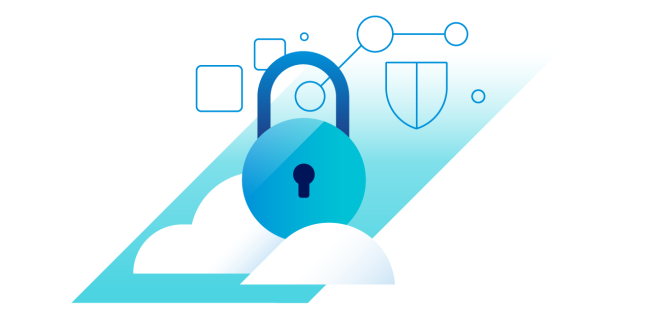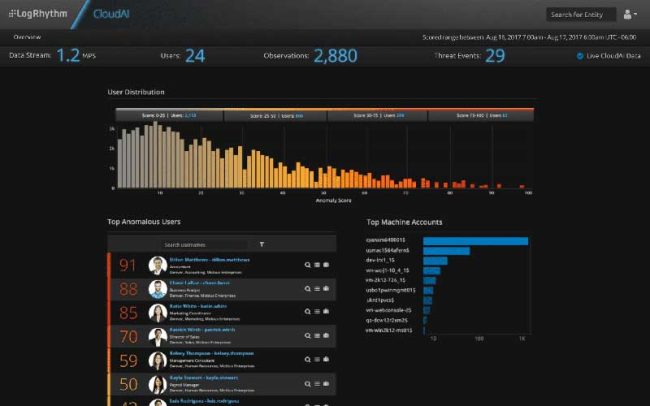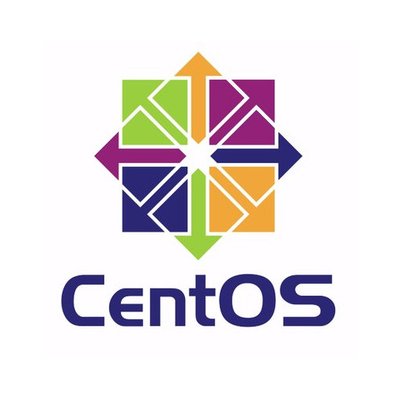Micro-Segmentation is the Answer.
The idea of segmenting the network as a way to increase security is new. But it has been difficult to achieve granular segmentation because computing and security have been tied at the hip. That means any changes made to attain the desired security posture require changes to the underlying network transport or sacrifice granularity. In…










